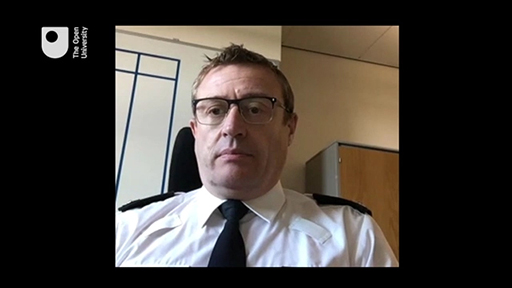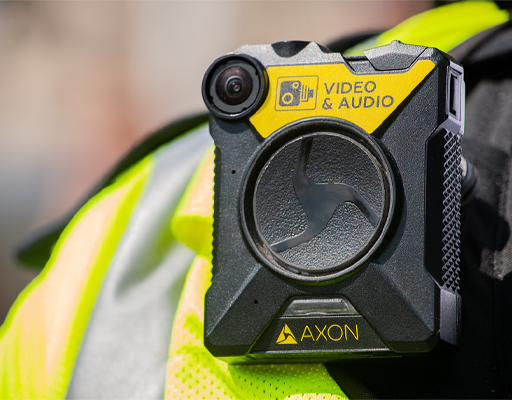4 Putting evidence-based policing into practice
There is no doubt that EBP offers great opportunities within policing. A number of highly publicized pieces of EBP research have had an impact on policing in various areas and the College of Policing summarises much of the research on the effectiveness of the most common interventions in their Crime Reduction Toolkit [Tip: hold Ctrl and click a link to open it in a new tab. (Hide tip)] .
In 2015, the College of Policing published a report on the effectiveness of Body Worn Video (BWV) in policing in London. This extract from the report provides a useful insight into the evidence-based approach taken:
Given growing interest in BWV across England and Wales this trial starting in May 2014 sought to test a consistent approach to the distribution of approximately 500 cameras across Emergency Response Teams (ERTs) in ten London boroughs. The basic premise of introducing BWV was that the presence of a camera and the captured footage would improve CJ [criminal justice] outcomes because the quantity and quality of available evidence would increase, thereby supporting victims and witnesses. In addition, it would introduce a layer of accountability for the police and public, which would impact on the quality and nature of interactions – reducing complaints and the number of stops and searches. London’s ‘Global City’ status, with around 31,000 officers, means this trial will address an evidence gap on the impact of BWV in a larger UK force.
The full College of Policing report outlines in detail the process taken and the conclusions reached.
One useful approach for evaluating interventions such as this has been called EMMIE and this is summarised in the table below:
| Effect | Impact on crime | Whether the evidence suggests the intervention led to an increase, decrease or had no impact on crime. |
| Mechanism | How it works | What is it about the intervention that could explain its effect? |
| Moderators | Where it works | In what circumstances and contexts is the intervention likely to work / not work? |
| Implementation | How to do it | What conditions should be considered when implementing an intervention locally? |
| Economic Cost | How much it costs | What direct or indirect costs are associated with the intervention and is there evidence of cost benefits? |
Activity 3 Putting EBP into practice
In Video 2, Superintendent Gordon McCalmont of the Police Service of Northern Ireland discusses some of the challenges and opportunities of putting evidence-based policing into practice.

Transcript: Video 2 Superintendent Gordon McCalmont, Police Service of Northern Ireland
Discussion
As discussed in the clip, putting evidence-based policing approaches into practice brings great opportunity to enhance policing and better serve communities. Yet it also comes with challenges and is not always easy to do correctly. Nonetheless, the benefits far outweigh the challenges and any opportunity to implement evidence-based approaches should be embraced.

